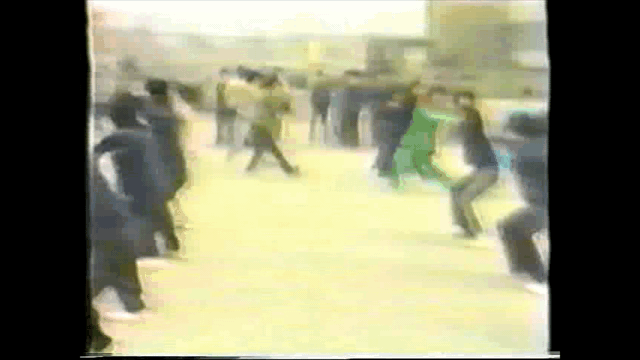Damien
Blue Belt
I'm currently working on my latest video, which is proving to be an epic endeavour (hopefully it'll be worth it). It dives into something which I've seen countless times in modern Shaolin, which whilst not wrong (there being a thousand ways to skin a cat...), could certainly be improved upon with a little extra knowledge.
Obviously different styles use different stances and even within styles different teachers will teach things differently, so a question for you all, how many of you use, or have even heard of Yao Bu?
It's something found in Shaolin long fist which I don't see very often, it being distinct from Gong Bu, despite looking similar. It's shorter and the weight distribution is different, but the story gets a bit more complicated than that; hence the video.
So anyone else, in any style ever heard of it?

Obviously different styles use different stances and even within styles different teachers will teach things differently, so a question for you all, how many of you use, or have even heard of Yao Bu?
It's something found in Shaolin long fist which I don't see very often, it being distinct from Gong Bu, despite looking similar. It's shorter and the weight distribution is different, but the story gets a bit more complicated than that; hence the video.
So anyone else, in any style ever heard of it?


